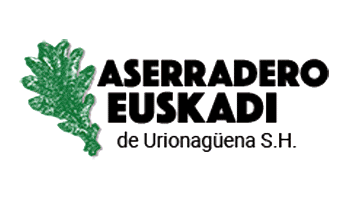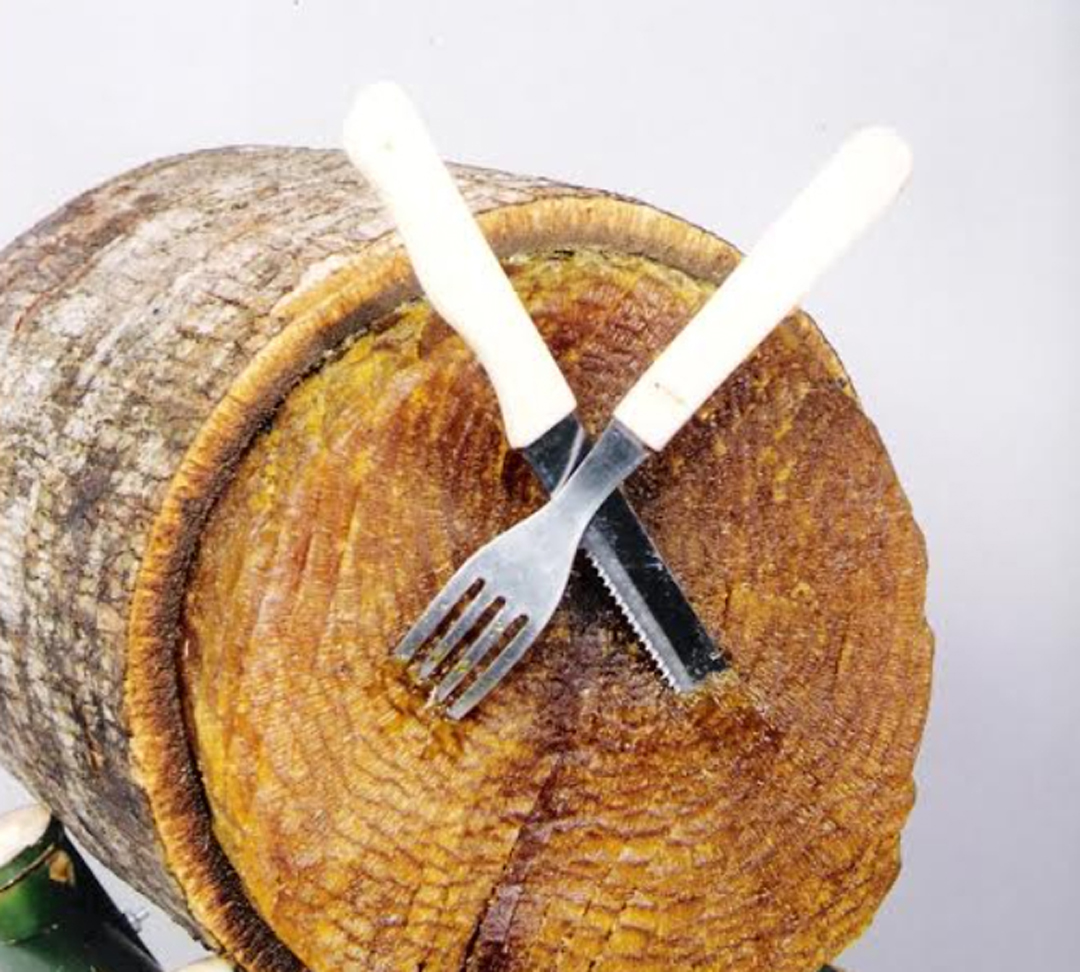
The only edible wood in the world is in Argentina
The Yacaratiá tree is the only one that does not have cellulose, so it can be edible. It has a special wood, because it has 90% humidity, once it is cut, if it is not treated it will rot quickly. So the Indians cut the wood from this tree and put it in the honey of the blond bee, then they cooked it and from there the candies came out.
This tree can reach between 15 and 30 meters high and is only found in the province of Misiones, on the Argentine coast
The Guarani Indians and the Jesuits called the tree of Yacaratiá: the bread tree and with this tree they made rudimentary candies for their children. The Argentine chef Gunther Moros, who in his restaurant Multiespacio Arami, in Misiones, offers novel creations, cooks dishes with edible bark of the yacaratia tree that the Guarani already consumed and which is now back in vogue in the province "bordering Brazil .
Moros cooks with the bark of this tree, which measures up to 30 meters and is only found in Misiones, ice creams, chocolates, alfajores, jellies and jams.
The firm "Yacaratia Delicatessen" of Marisa and Vanina Pascutti, mother and daughter respectively of the city Eldorado (known for the wooden chocolates) is in the final stage of the "Rincón del Yacaratia", an interactive and exhibition space, where the Visitors will be able to know live the process of obtaining the different edible products that are made from the wood of the Yacaratia tree.
The aim is to present the whole process to the public, to be able to see how the wood that comes out of a tree is transformed into a delicacy, a very tasty edible product that can be salty or sweet ”.
Visitors will be able to see how the wood arrives and the change it has when it is put into the pots and at all stages of production.
The gastronomic tables are made, which are used by important chefs from Misiones, from Puerto Madero in Buenos Aires and different places in Argentina in general.
Among the most prominent chefs who use edible wood in their dishes we mention 11Gunther Moros de Misiones, and the nationally recognized chefs: Soledad Nardelli and Olivier Falchi, among others.
Visitors will be able to see how the wooden dumplings, fried wood, chocolates, alfajores, sweets, ice creams, jams and wooden bars are made that are used in gourmet recipes or as desserts (similar to mamón in syrup) and other jams.
The place is on national route 12 with signs to indicate how to get to the Rincón del Yacaratia, located on Guimaraes street at kilometer 8 of Eldorado, very close to the center.
The base is always wood, the board is made with a process, it is cooked in special pots with sucrose and glucose where a syrup with all its nutrients, such as phosphate, magnesium, calcium and many fibers is released. Then it is placed in honey, the honey of the blond bee from Misiones, and with the sawdust from the wood the jams are made. And the chocolates are a little piece of wood with a splash of liquor, dipped in high-quality chocolate. Vacuum boards are also widely sold and chefs use them to unleash their creativity in creating new dishes and regional flavors.
Currently, the production of this edible wood is carried out by entrepreneurial families in the area making sustainable use of the forest.
The Yacaratiá grows inside the Paraná jungle. Its wood is divided into special cuts and transformed in various procedures: extraction, gelling, hydrolysis. In this way, substances that may affect its flavor are removed and, on the other hand, the rigidity of the wood is removed.
Gastronomy
In 1996, the agronomist Roberto Pascutti from the city of El Dorado, Misiones, managed to patent the use of the pulp of the endemic jacaratiá espinosa tree, such its scientific name.
According to his preliminary research, the Yacaratiá has great nutritional and gastronomic value. Until that moment, it was a discarded species because it does not provide cellulose for the manufacture of paper.
From the presentation of Yacuaratiá at world fairs and exhibitions, family businesses emerged, later transformed into larger establishments, which began the production of edible wood.
There are many orders from restaurants and wine bars especially. Due to their flavor, they are very good to accompany drinks such as red wines.
Among some ingredients, the jams are bathed in honey or syrup for presentation. This product is already part of the "Jesuit Guaraní gastronomic culinary intangible cultural heritage" of the province of Misiones and the Argentine Littoral in different exhibitions around the world.
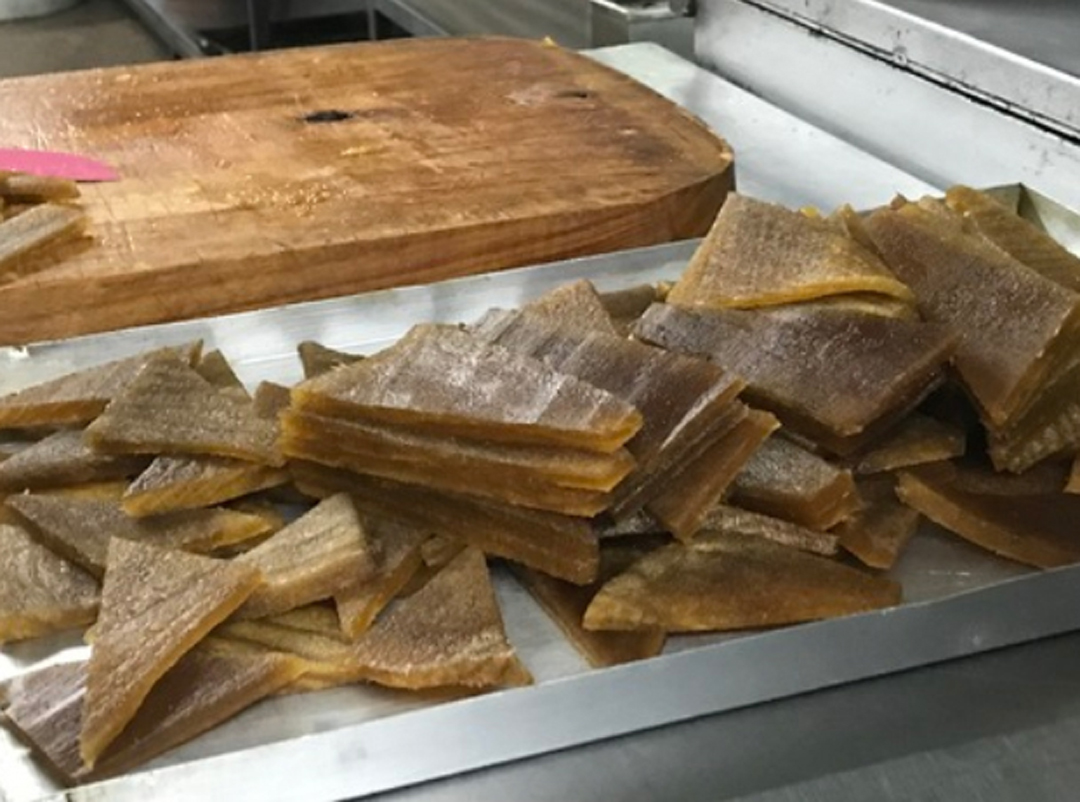
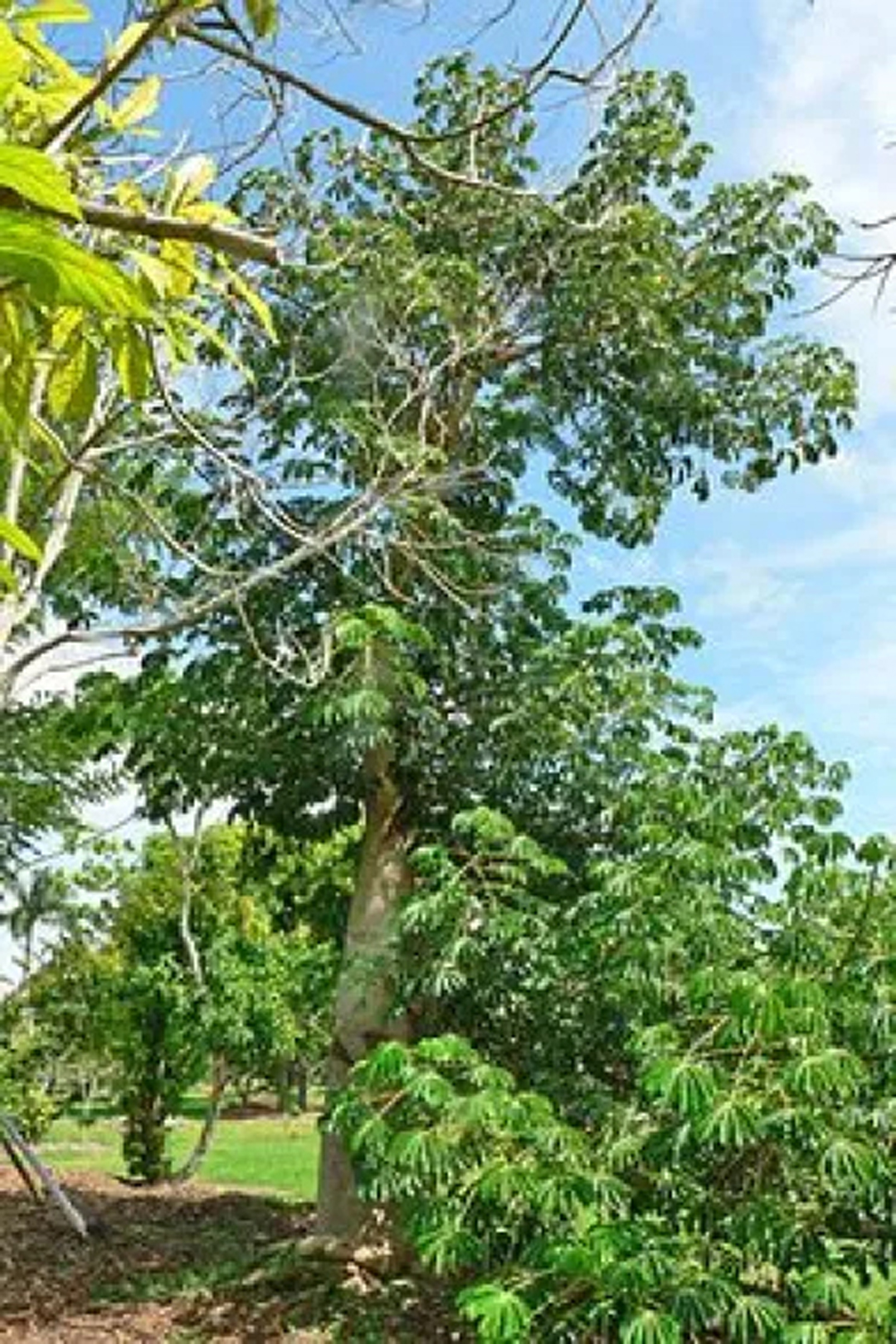

IT MAY INTEREST YOU
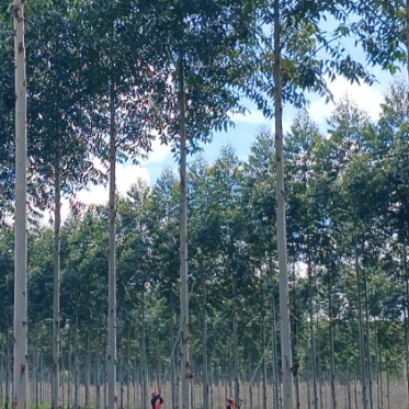 Paraguay | The plantations became instruments of territorial development and the generation of decent employment, INFONA highlights.
Paraguay | The plantations became instruments of territorial development and the generation of decent employment, INFONA highlights.
Plantings in different phases, control of ants and weeds, pruning and thinning, mechanized harvest, technology applied to the field and complete integration of the production cycle were part of the CREA Forestal proposal in its Technical Update Conference – JAT Forestal 2025. The event took place on Friday, November 14, at Estancia Ñemity, located in San Juan Nepomuceno, Caazapá, where agricultural producers, technicians, contractors, students and companies in the sector met to observe the forestry business of the future in action.
 Missions | New illegal felling in the Piñalito Provincial Park in San Pedro reveals the silent expansion of deforestation in protected areas
Missions | New illegal felling in the Piñalito Provincial Park in San Pedro reveals the silent expansion of deforestation in protected areas
The advance of deforestation on protected areas was once again evident this week in the Piñalito Sur Provincial Park, in San Pedro, where the Ministry of Ecology and Renewable Natural Resources confirmed a new case of selective illegal logging. The event occurs in a context of growing concern about the fragility of the environmental control system in rural and border areas, where the scarcity of resources, personnel and logistics limits the capacity of surveillance against criminal organizations organized to steal native woods and market them on the black market in connivance with sawmill owners.
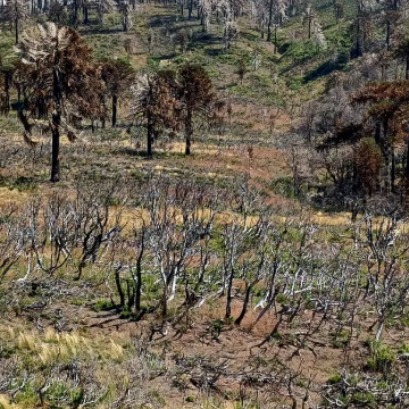 Specialists from 10 provinces develop forest landscape restoration strategies throughout the country
Specialists from 10 provinces develop forest landscape restoration strategies throughout the country
The program is developed by researchers from INTA, Conicet and the Argentine Wildlife Foundation.



